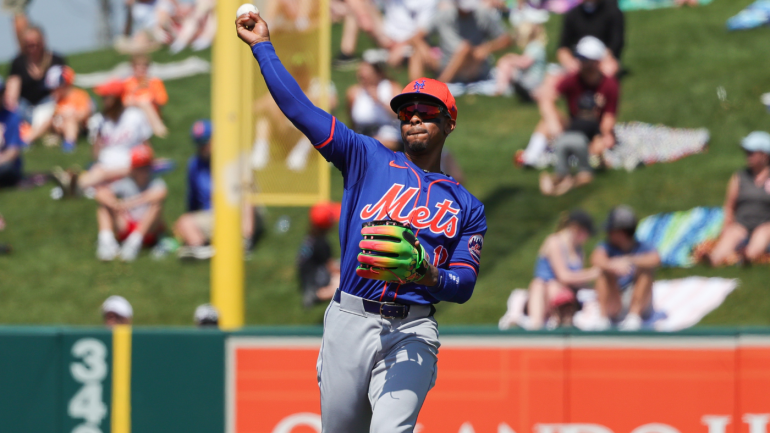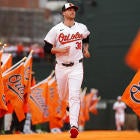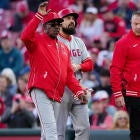
New York Mets shortstop Francisco Lindor and catcher Francisco Alvarez teamed up for what appeared to be a routine caught-stealing in a spring training game on Thursday against base-runner Carson Kelly and the Tigers. However, Kelly was ruled safe at second base by jurisdictional ump Sean Barber. This, however, is not a blown call in the traditional sense -- this space does not embrace the inner darkness that is righteous grievance over spring-training umpiring. Rather, it's an example of new MLB rules in place governing tag plays on the bases.
First let's roll tape as Kelly attempts the steal in the fourth inning following a Michael Tonkin strikeout of Parker Meadows:
Francisco Lindor was called for obstruction on this play at second base ⬇️
— SNY (@SNYtv) March 21, 2024
(via @BallySportsDET) pic.twitter.com/N5viqusY5j
As you can probably intuit, Kelly is ruled safe because Lindor was ruled to be blocking part of the second base bag. Rules-parsing best practices demand that we include a lovingly curated screenshot of the offending moment. Here is just such a thing:

This naturally enough brings us to the rules clarification in question. Prior to the start of Cactus and Grapefruit League play this spring, MLB reportedly instructed umpires to "strictly enforce" the rules governing fielder obstruction with regard to base-running. Here's what ESPN reported at the time:
"The enhanced enforcement of the rule, which is already on the books, will mostly impact plays around second and third base. The most common infraction is when a middle infielder puts his lower leg on the ground to block the runner's path to second, sometimes leading to hand or ankle injuries depending on how a runner slides. A common infraction at third base involves an infielder moving up the line to block a runner's path as he receives the ball from an outfielder."
According to the official rule and rule clarifications in question, a fielder is not guilty of obstruction if the act of receiving the throw necessarily carries him into the path of the base-runner. Thus, Lindor was ruled to have blocked part of the bag with his foot but not out of necessity.
Like all such measures, this one's going to take some getting used to, and if it proves to be unpopular the blame should go to MLB for ordering umps to make legalistic interpretations of the obstruction rule. In the end, it's probably part of MLB's rules-based effort to revive base-running, plus some considerations of player safety. This one in particular will require a period of adjustment -- for players, ump, and fans alike.






















